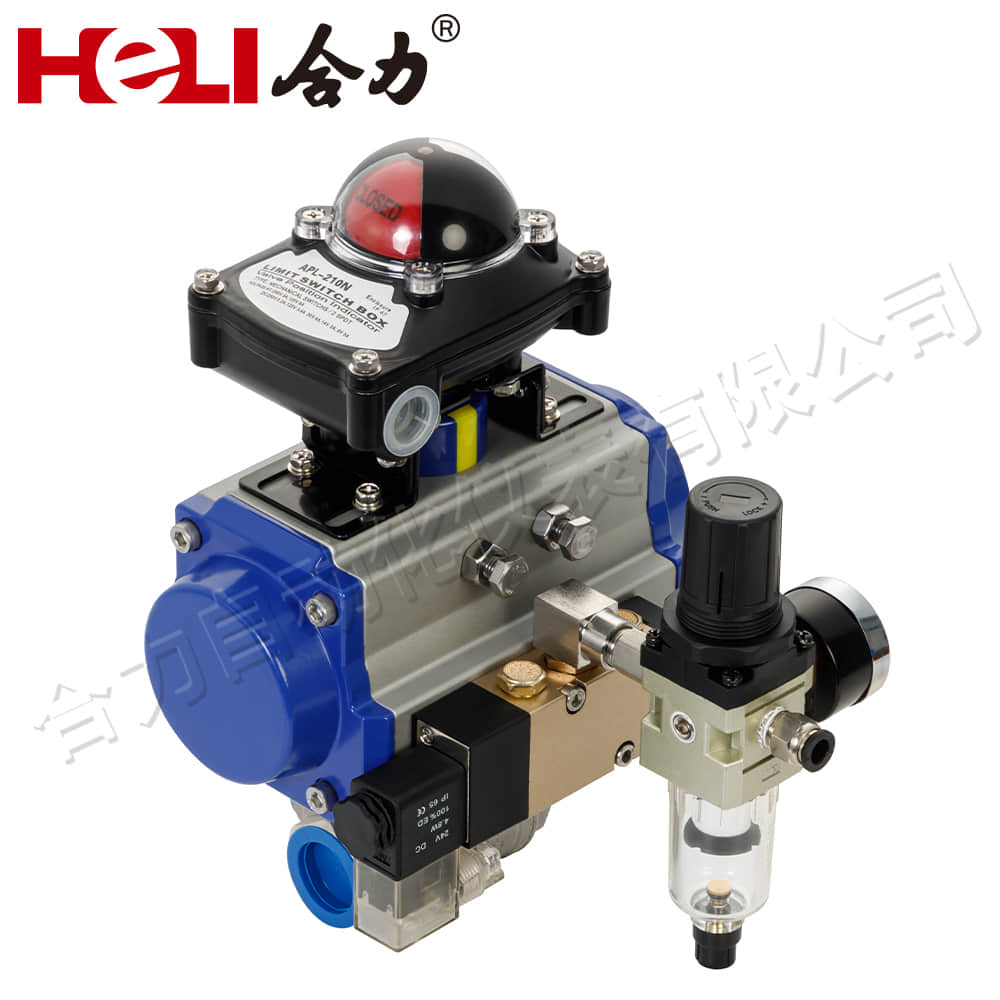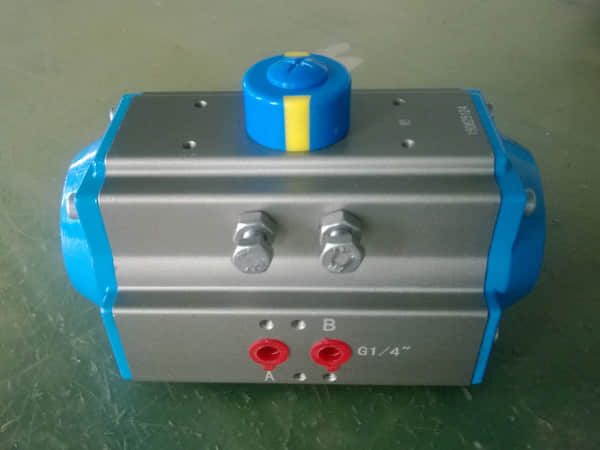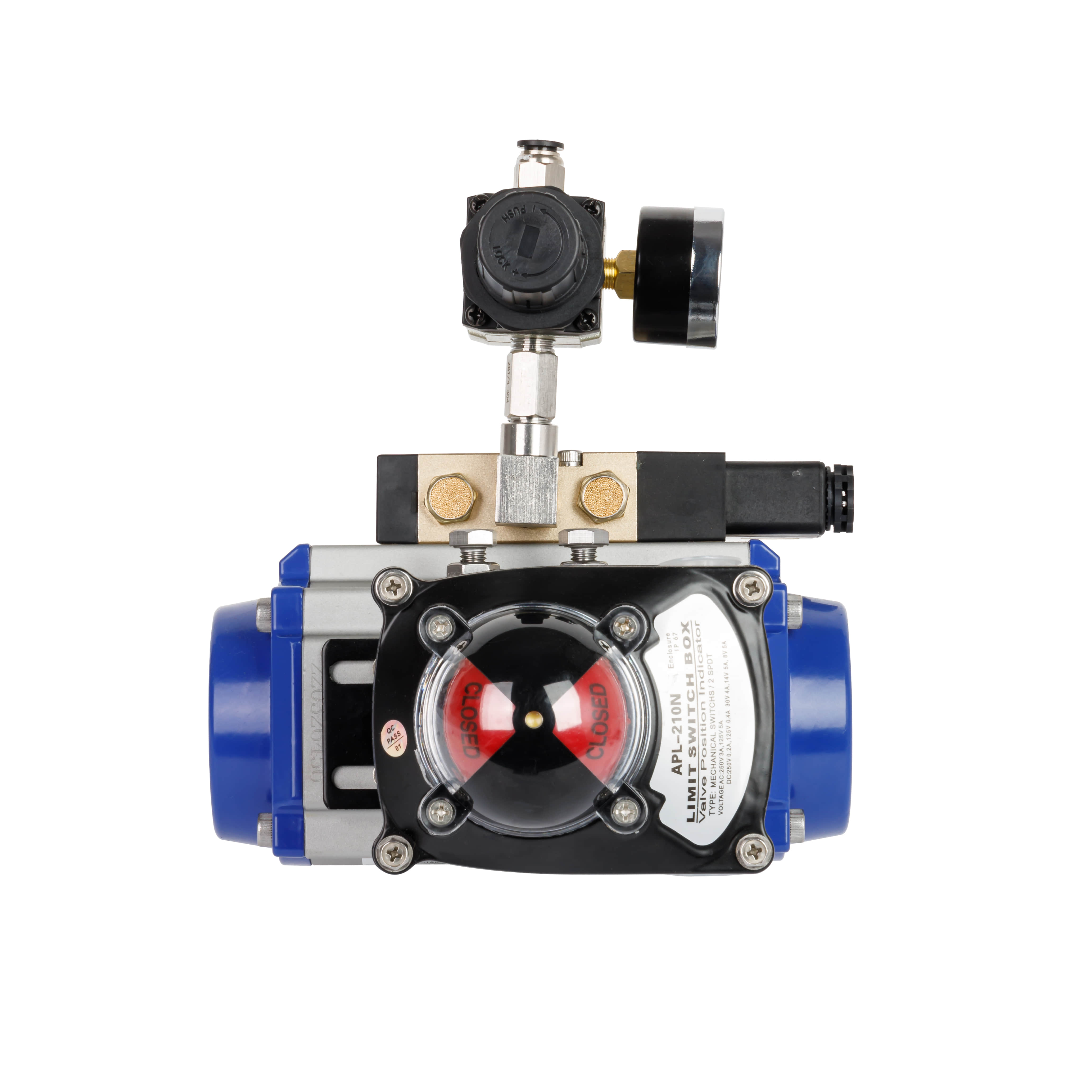
Pneumatic actuators play a crucial role in various industrial applications, harnessing the power of compressed air to create motion. These devices convert the energy stored in compressed air into mechanical work, enabling automation in processes ranging from manufacturing to robotics. In this article, we will delve into the principles, types, advantages, and applications of pneumatic actuators.

At their core, pneumatic actuators operate on a simple principle: when compressed air enters the actuator, it creates pressure that moves a diaphragm or piston. This movement translates into linear or rotary motion, depending on the design of the actuator. The basic components of a pneumatic actuator include the cylinder, piston, and control valves. These elements work together to facilitate the movement of machinery or equipment, offering a reliable means of actuation.

